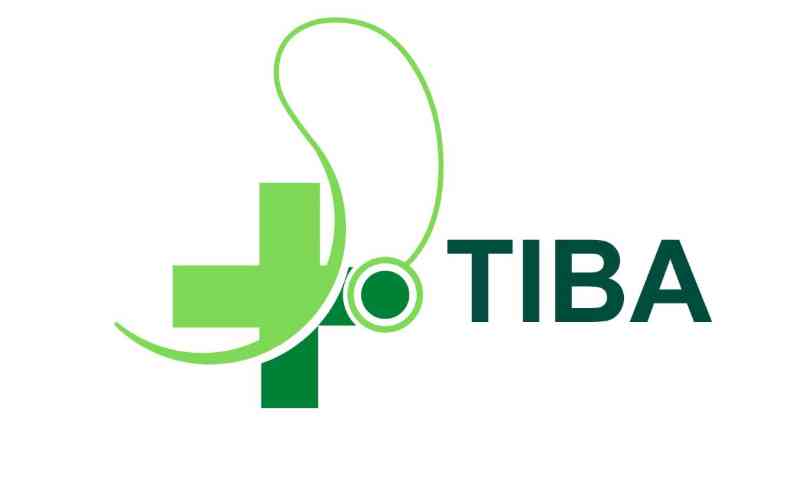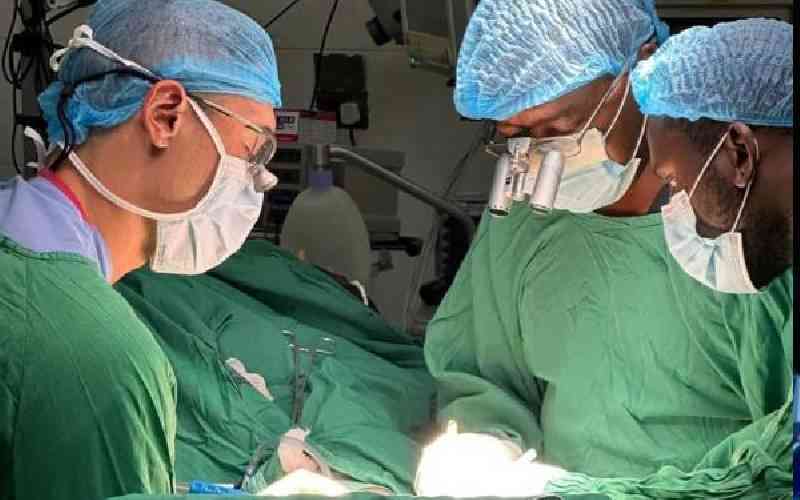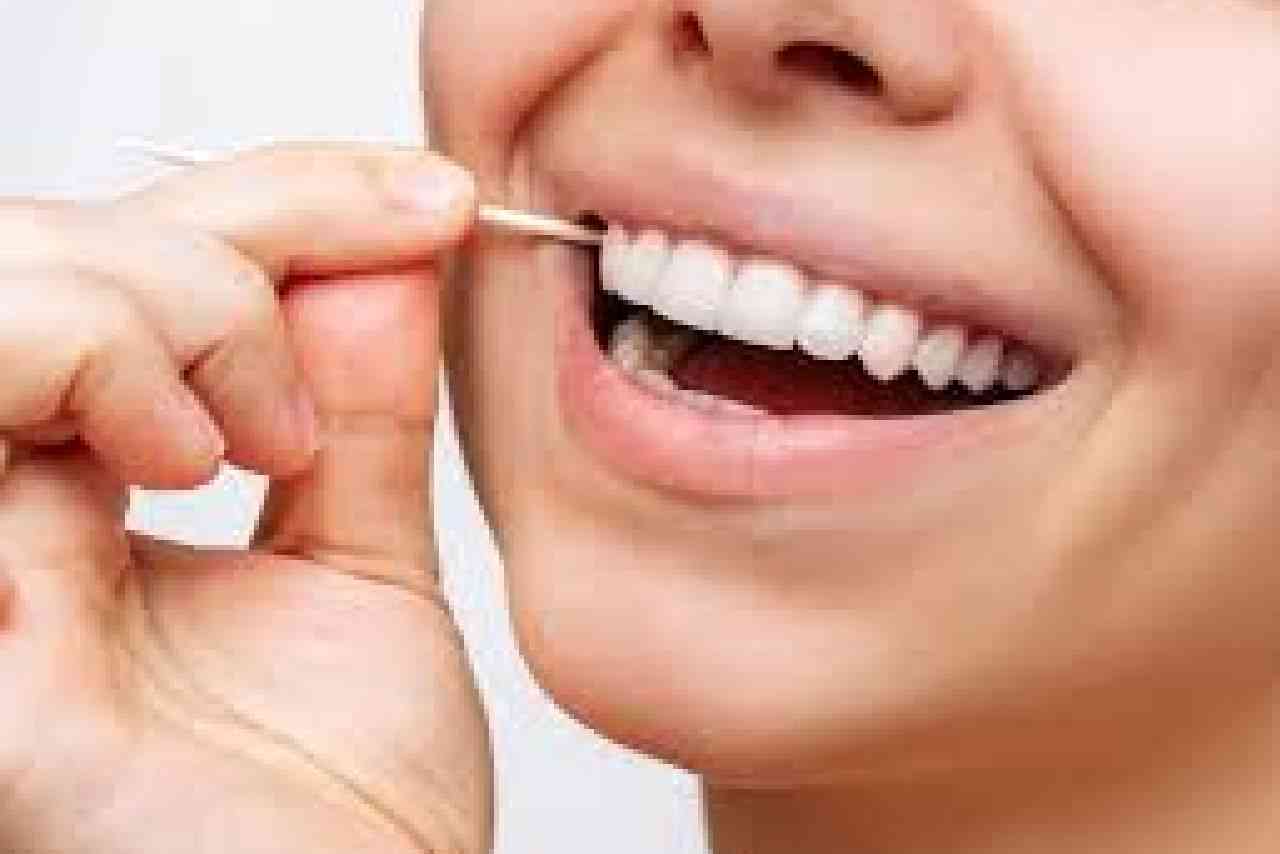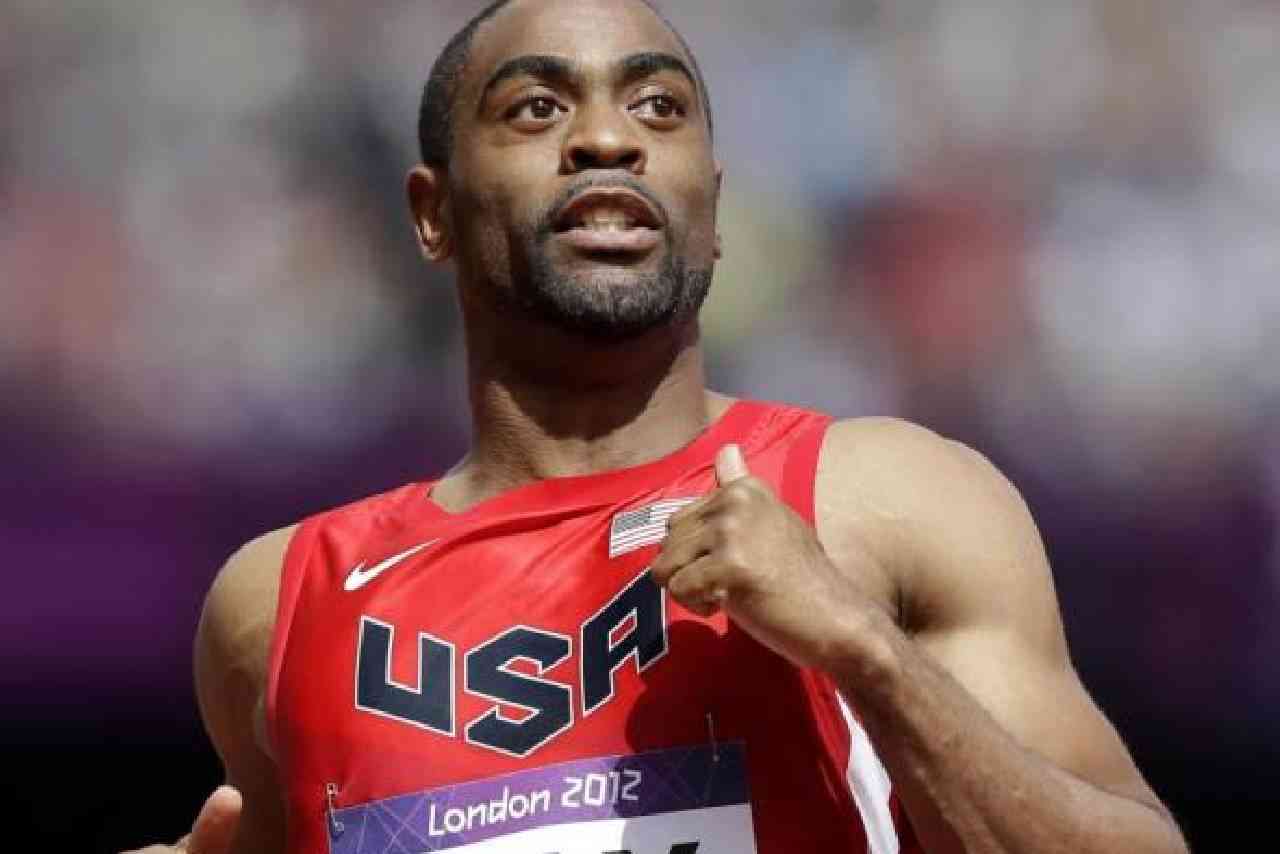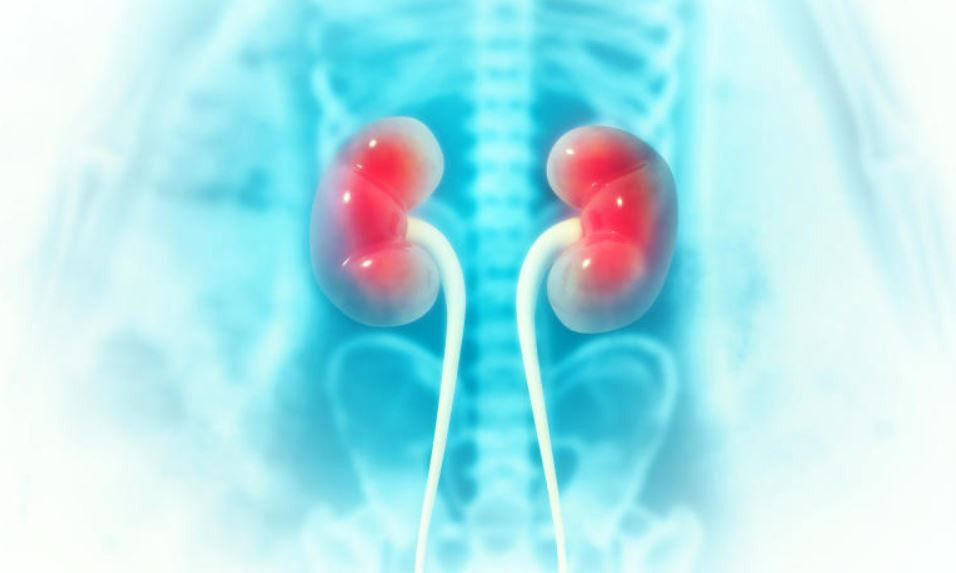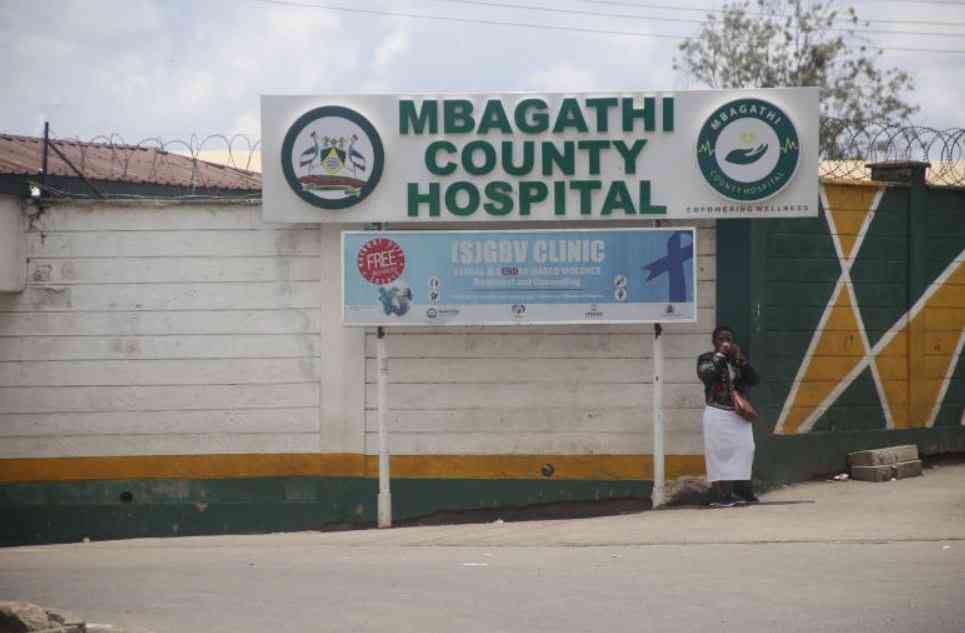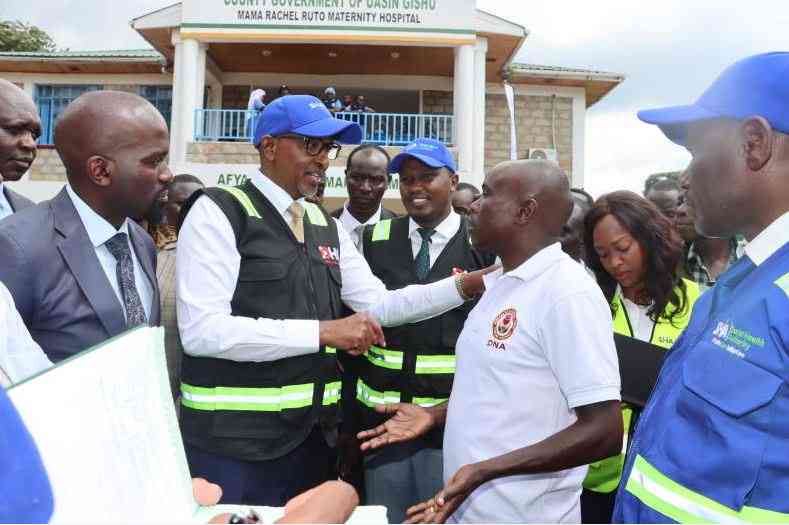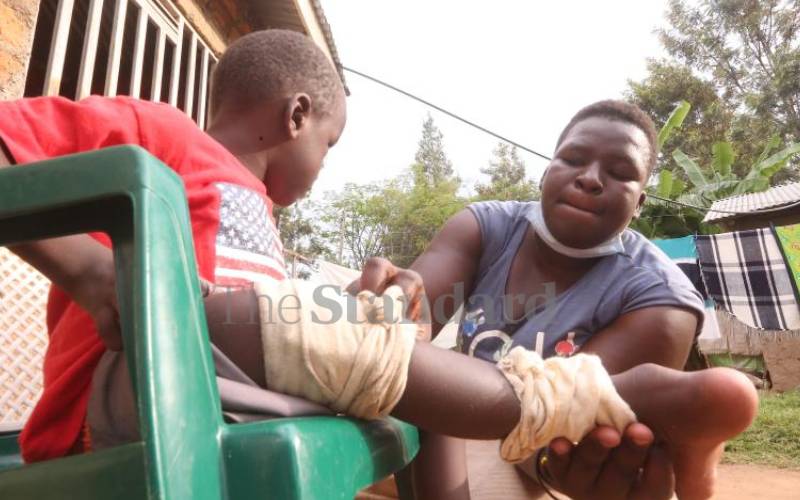
Diana Akumu with her 7-year-old son George Ouma who is suffering from brittle bone disease, a rare condition that makes bones weak and hence breaks easily. [Collins Oduor, Standard]
Seven-year-old George Ouma groans in pain as he tries to lift his heavily bandaged left leg.
He sustained a fracture in the arm and leg two weeks ago, confining him to a bed as he recovers.
 The Standard Group Plc is a multi-media organization with investments in media
platforms spanning newspaper print
operations, television, radio broadcasting, digital and online services. The
Standard Group is recognized as a
leading multi-media house in Kenya with a key influence in matters of national
and international interest.
The Standard Group Plc is a multi-media organization with investments in media
platforms spanning newspaper print
operations, television, radio broadcasting, digital and online services. The
Standard Group is recognized as a
leading multi-media house in Kenya with a key influence in matters of national
and international interest.

